
Davis, Aron. The Poker Blueprint
.pdf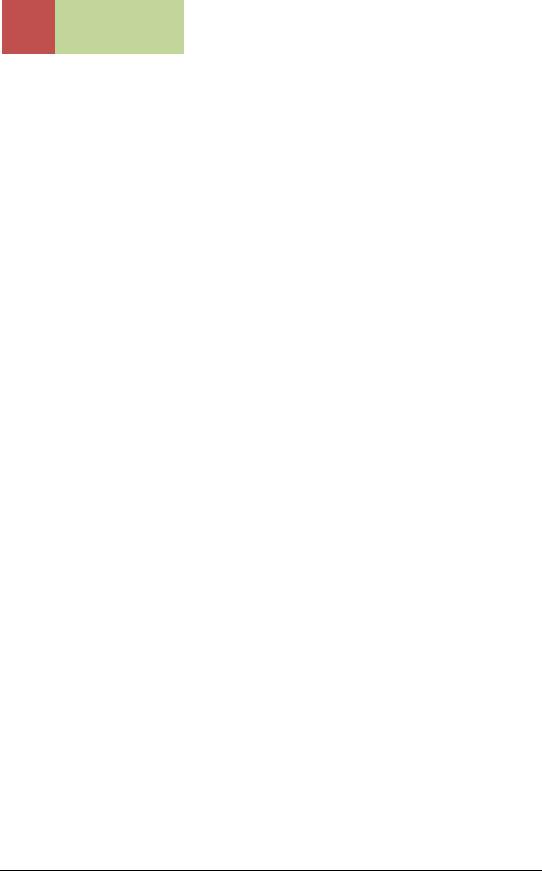
29 Math is Easy
35:15, or 2.33:1 odds. To get this number, just compute 35/15 on a calculator.
5.2.33:1 odds converts to 30 percent equity, which means if we are good here 30 percent of the time, we break even. If more than 30 percent, we stand to win money in the long run. Against a hand like AQ, we have about 37 percent chance of winning, but ONLY if we get to see BOTH the turn and river. If we plan to fold to a turn bet when we miss, then we only get to see one card. This reduces our 37 percent equity to about 20 percent. Based on this alone, we can’t call. Good thing we have implied odds.
Implied Odds
Implied odds reflect how much we expect to win in later streets if we hit our hand. In the above example, if we know that Villain is the type of player who will stack off with Ax even when the flush card comes, we can call here all day. We have a lot of money left behind to make up for it. Although our immediate odds aren’t great, our implied odds are enough to at least warrant a call.
Figuring out implied odds is very similar to determining immediate odds. You simply add what he has left (excluding his bet) to the Total Pot Size.
So after he bets the flop, he still has $75 left. So $75 + $35 (Total Pot Size) = $110. Our new odds are 110:15, which is about 7.33-to-1. Since we only need *4:1 odds to call, we can continue.
* A flush draw has 19 percent equity if you get to see only 1 card; this is the same as a 4:1 odds. Check out The Odds Chart on page 33.
Reverse Implied Odds
Reverse implied odds reflect how much you stand to lose even if you do hit your hand.
The most basic example is raising with ATo from UTG. We don’t want to do this in an aggressive game because this hand has a lot of reverse implied odds. Even if we do hit an Ace on the flop, we will stand to lose a lot of money against AJ, AQ and AK when the money goes in. Furthermore, we will not be able to extract much from weaker aces that will only call one or two small bets.
Here is a simple reverse implied odds situation that isn’t so obvious at first.
© 2010 Aaron Davis and Tri Nguyen - All Rights Reserved.
http://www.DailyVariance.com
29
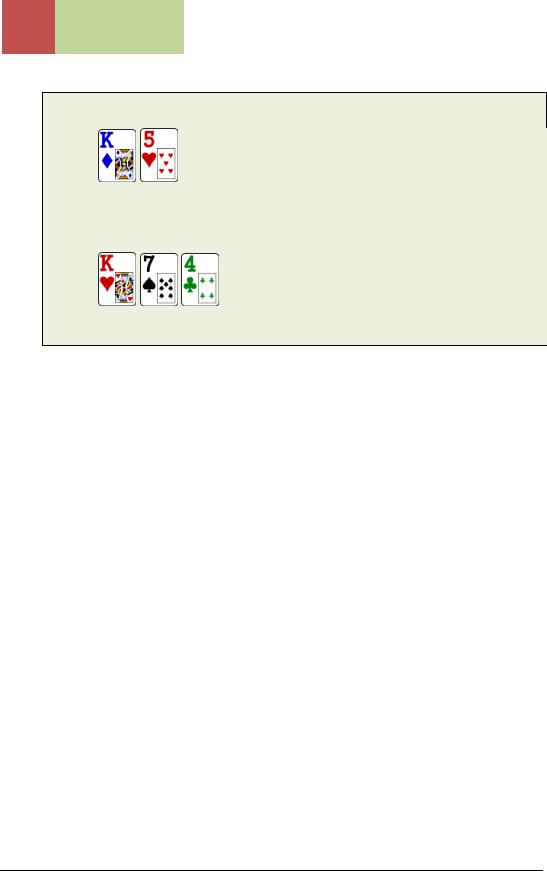
30 Math is Easy
You have
in the BB. For some reason, the pot is limped around and you see the flop 5-way. The flop comes out
What is your play in this situation?
You should check-fold. Because there are so many players in the pot, your hand is rarely ahead. If you are behind, you are almost drawing dead. Thus, in this situation, you should check it down unless your hand improves on the turn or the river.
© 2010 Aaron Davis and Tri Nguyen - All Rights Reserved.
http://www.DailyVariance.com
30

31 Math is Easy
Fold Equity
Fold Equity is based on how often we expect our opponents to fold to a bet or raise. Since poker is all about being aggressive at the right time, it’s a good idea to know a little something about fold equity. Often times, you will find yourself in spots where a call is perfectly okay, but with fold equity, it may be best to raise it. Allow me to demonstrate.
100NL – 6 max. 100BB effective stacks.
The BTN raises to $3 and we call with
from the BB. The flop is
We check. He bets full-pot and we check-raise to 3.5x his bet.
With the nut flush draw + overcards + BDST (backdoor straight draw), we are actually ahead of a top pair hand like T9. Although we can call here, the most optimal play is to raise. This is because of fold equity. Raising will fold out medium-pair hands like 99 or 8x.
With the dead money already in there and being OOP, we don’t mind that kind of result, especially since most of his range will be mediocre holdings. A ten will probably call us and that’s fine because we will be able to fire on a lot of turn cards (any spade, and J, Q, K and A). Since most of his range includes marginal hands like T9, he can’t be too thrilled about calling another big bet.
Here’s another example you may be familiar with:
The MP raises and we 3-bet from the button with
© 2010 Aaron Davis and Tri Nguyen - All Rights Reserved.
http://www.DailyVariance.com
31
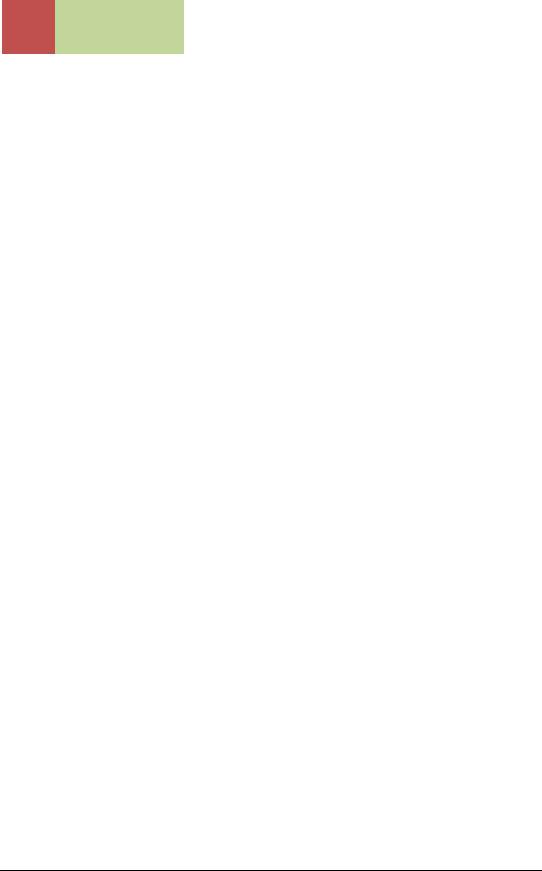
32 Math is Easy
We only have ace-high, and even a pair as weak as 22 is ahead of us. So why do we want to put money in when we’re behind?
Fold equity.
We will be able to fold out hands that are a favorite against us but too weak to call OOP (22-88). We can put a lot of pressure on our opponents with AK and we don’t mind getting it all in pre-flop when we get 4-bet. Three-betting with the intention of getting it in against a 4-bet is rarely our goal with AK. If he folds to our 3-bet, then we win. If he calls, then we can still flop a big hand and win. If he 4-bets us, then we have enough odds to call.
© 2010 Aaron Davis and Tri Nguyen - All Rights Reserved.
http://www.DailyVariance.com
32

 33
33  Math is Easy
Math is Easy
Odds Chart
|
# of |
|
|
% on flop |
|
% on Flop |
|
2 Card |
|
% on Turn |
|
1 Card |
|
|
|
|
|
|
|
|
|
||||||
|
Outs |
Hand |
|
(1 Card to |
|
(2 cards to |
|
Odds |
|
(1 card to |
|
Odds |
|
|
|
|
|
Come) |
|
come) |
|
(X : 1) |
|
come) |
|
(X : 1) |
|
|
|
|
|
|
|
|
|
|
|
|
|
|
|
1 |
|
2.1% |
4.3% |
22.5 |
2.1% |
45 |
|
||||||
|
2 |
Pocket pair |
|
4.3% |
|
8.4% |
|
10.9 |
|
4.3% |
|
22 |
|
3 |
|
6.4% |
12.5% |
7 |
6.4% |
14.3 |
|
||||||
|
4 |
Gutshot |
|
8.5% |
|
16.5% |
|
5.1 |
|
8.5% |
|
10.5 |
|
5 |
|
10.6% |
20.3% |
3.9 |
10.6% |
8.2 |
|
||||||
|
6 |
Overcards |
|
12.8% |
|
24% |
|
3.1 |
|
12.8% |
|
6.7 |
|
7 |
|
14.9% |
27.8% |
2.6 |
14.9% |
5.6 |
|
||||||
|
8 |
OESD |
|
17% |
|
31.5% |
|
2.2 |
|
17.0% |
|
4.8 |
|
|
9 |
Flush Draw |
|
19.1% |
|
35% |
|
1.9 |
|
19.1% |
|
4.1 |
|
10 |
|
21.3% |
38.4% |
1.6 |
21.3% |
3.6 |
|
||||||
|
|
|
|
|
|
|
|
||||||
11 |
|
23.4% |
41.7% |
1.4 |
23.4% |
3.2 |
|
||||||
|
12 |
FD + 1 OC |
|
25.5% |
|
45% |
|
1.2 |
|
25.5% |
|
2.3 |
|
13 |
|
27.7% |
48.1% |
1.1 |
27.7% |
2.5 |
|
||||||
|
14 |
FD + OESD |
|
29.8% |
|
51.2% |
|
.95 |
|
29.8% |
|
2.3 |
|
|
15 |
FD + 2 OC |
|
31.9% |
|
54.1% |
|
.85 |
|
31.9% |
|
2.1 |
|
16 |
|
34% |
57% |
.75 |
34.0% |
1.9 |
|
||||||
17 |
|
36.2% |
59.8% |
.67 |
36.2% |
1.7 |
|
||||||
18 |
|
38.3% |
62.4% |
.60 |
38.3% |
1.6 |
|
||||||
19 |
|
40.4% |
65% |
.54 |
40.4% |
1.4 |
|
||||||
20 |
|
46.8% |
67.5% |
.48 |
42.6% |
1.3 |
|
||||||
|
|
|
|
|
|
|
|
|
|
|
|
|
|
Table 1: OESD = Open-Ended Straight draw; FD = Flush Draw; OC = Overcard
© 2010 Aaron Davis and Tri Nguyen - All Rights Reserved.
http://www.DailyVariance.com
33

 34
34  Math is Easy
Math is Easy
Estimating Your Equity on the Flop and Turn
Below are two simple and easy methods to estimate your equity on the flop and/or turn. They work best when you deal with small numbers of outs. Also note that Multiples of 2 are generally more accurate than Multiples of 4; however, both give very good estimates.
Multiples of 4 – To approximate the equity you have on the flop, multiply your number of outs by 4.
o You have an open-ended draw straight on the flop. That’s 8 outs, so 8 x 4 = 32 percent to win by the river. The actual number is 31.5 percent (This is if you get to see both the turn and river cards.)
Multiples of 2 – To approximate your equity on the turn, multiply your number of outs by 2.
o You have an open-ended draw straight on the turn. That’s 8 outs, so 8 x 2 =
16 percent to win by the river. The actual number is 17 percent.
© 2010 Aaron Davis and Tri Nguyen - All Rights Reserved.
http://www.DailyVariance.com
34
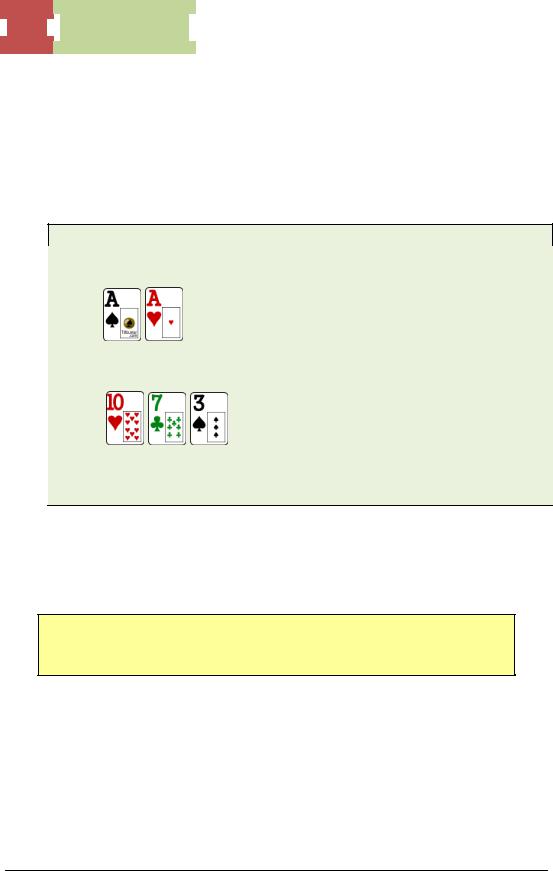
 35
35  Math is Easy
Math is Easy
Expected Value
Expected Value (EV) is the average amount that we stand to win or lose if we see a certain situation many times.
Let’s go over a quick hand to clarify what this means.
100NL – 6 max. 100BB effective stacks.
You have
on
You bet $20 into a pot of $25. Villain raises you all-in $65 more and you think he has 98 for an open-ended straight draw. What’s the EV of your call?
First, you must determine your equity against his hand. I plugged this into Poker Stove to find out that you have 65 percent equity. This means that on average, you will win 65 percent of the time and lose 35 percent of the time. So, you need to call $65 more to win a total pot of $110 ($25 + $20 + $65). Now use the equation below to figure out your EV.
EV = (% you win)(amount you win) – (% you lose)(amount you lose)
Your EV = (.65)($110) – (.35)($65)
=$71.5 – $22.75
=$48.75 (roughly half of a buy-in)
This means that on average, you will earn $48.75 for every time you call his raise in this exact scenario. Thus, it is a very +EV (positive expected value) call that you should make all day because you will win a lot in the long term.
© 2010 Aaron Davis and Tri Nguyen - All Rights Reserved.
http://www.DailyVariance.com
35
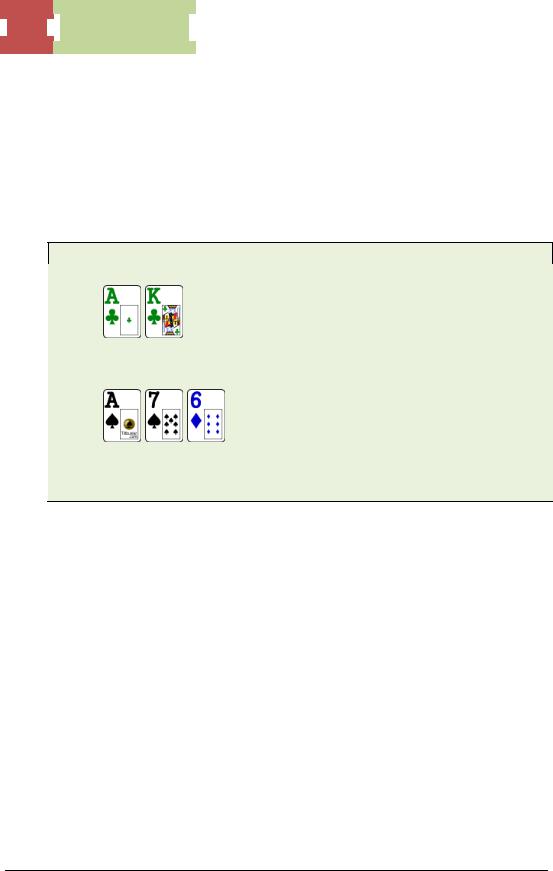
 36
36  Math is Easy
Math is Easy
You will also lose 35 percent of the time. When you lose, you lose the $65 you invested in the pot, but you still gain an expected value of $48.75, or Sklansky Bucks. Just know that as long as you keep winning Sklansky Bucks, you’ll be making money when variance evens out.
So, what happens when you don’t know Villain’s exact hand? You estimate his hand range
(the possible hands that he can hold).
100 NL – 6 max. 100BB effective stacks.
A TAG player raises to $4 from UTG and you 3-bet to $12 from the button with
He calls. The flop is
He checks. You bet $20 into a pot of $25.50 ($1.50 from the blinds), and he checkraises all-in for $68 more. What’s the EV of your call?
You need to call $68 to win $133.50 ($25.50 + $20 + $20 + $68). To figure out the EV of your call, let’s first determine his hand range. We can safely rule out all bluffs just because it’s such a bad flop to do it on and Villain is good enough to know that.
Made hands: He can do this with AA, AK, AQ, 77, 66, A7s, A6s and 76s. We will remove some sets and two-pair hands from his range because he will often fold 77, 66, 76s, A7s, and A6s to pre-flop 3-bets. We can also take away AK some of the time because he would want to 4-bet you and get it in pre-flop.
Draws: he could have KsQs, QsJs, JsTs, Ts9s, 9s8s, 8s6s, 6s5s. Again, we will take away some of the small suited connectors because he will usually fold them preflop to a 3-bet. Since it’s a two-tone board, he probably wouldn’t check-raise all-in with just an open-ended straight draw.
Against this range of hands, you have 54 percent equity to win. Now let’s determine the
EV of your call.
© 2010 Aaron Davis and Tri Nguyen - All Rights Reserved.
http://www.DailyVariance.com
36

 37
37  Math is Easy
Math is Easy
Using the equation from above:
EV = (% you win)(amount you win) – (% you lose)(amount you lose)
=(.54)($133.50) – (.46)($68)
=$72.09 – $31.28
=$40.81
As you can see, the EV of your call is $30.01 (that’s 30BB at 100NL) given your read on the player’s hand ranges. You will not be able to make these kinds of calculations at the table, and that’s fine. You should do it whenever you have time. Maybe you were stuck on a hand and didn’t know if your call was correct or not. Now you can plug in the numbers to find out. Since folding is zero or neutral EV, then calling is generally correct if your EV is greater than zero.
© 2010 Aaron Davis and Tri Nguyen - All Rights Reserved.
http://www.DailyVariance.com
37
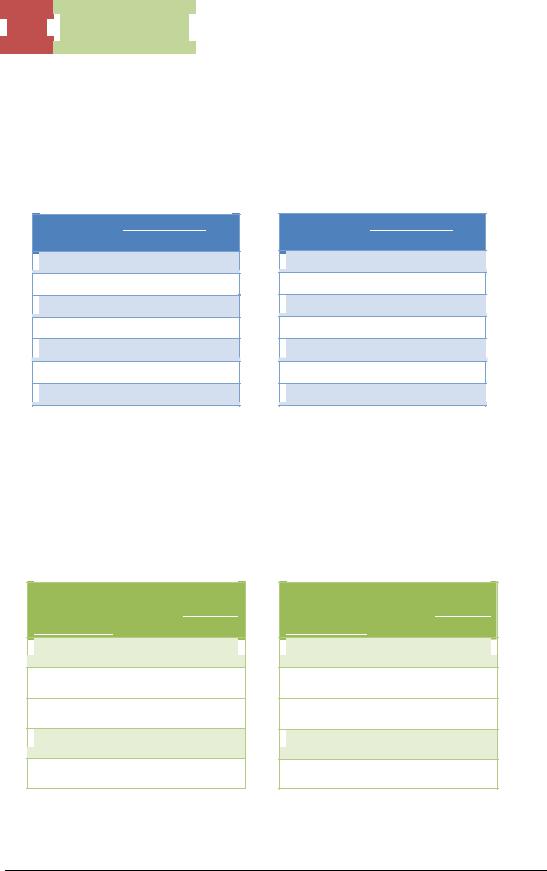
 38
38  Math is Easy
Math is Easy
Determining How Often a Bluff Has to Work to be Profitable
We get to the river with a busted draw and we bet full-pot to bluff him off his hand. To determine if this is a profitable bet, we need to figure out how often he needs to fold. To accomplish this, we use the equation 0 = 100F – (size of bet)(1-F).
How often a pot-size bluff has to work to be profitable
 0 = 100F – (size of bet)(1-F)
0 = 100F – (size of bet)(1-F)
0 = 100F – 100(1-F)
 0 = 100F – 100 + 100F
0 = 100F – 100 + 100F
100 = 200F
 100/200 = F
100/200 = F
.5 = F
 50% of the time or more
50% of the time or more
How often a half-pot bluff has to work to be profitable
 0 = 100F – (size of bet)(1-F)
0 = 100F – (size of bet)(1-F)
0 = 100F – 50(1-F)
 0 = 100F – 50 + 50F
0 = 100F – 50 + 50F
50 = 150F
 50/150 = F
50/150 = F
.33 = F
 33% of the time or more
33% of the time or more
Determining How Often a Call Has to Work to be Profitable
We get to the river with top pair and villain bets full-pot into us. The pot is $50 and he bets $50. We think he’s bluffing some of the time, and so we call. In order to know if this is a profitable call, let’s do some quick math.
How often we must be ahead for our call to be profitable against a pot-size bet?
 Pot size : Amount we have to call
Pot size : Amount we have to call 
($50 + $50):$50
$100:$50
 2:1
2:1
= 33% of the time or more
How often we must be ahead for our call to be profitable against a half-pot bet?
 Pot size : Amount we have to call
Pot size : Amount we have to call 
($50 + $25):$25
$75:$25
 3:1
3:1
= 25% of the time or more
© 2010 Aaron Davis and Tri Nguyen - All Rights Reserved.
http://www.DailyVariance.com
38
